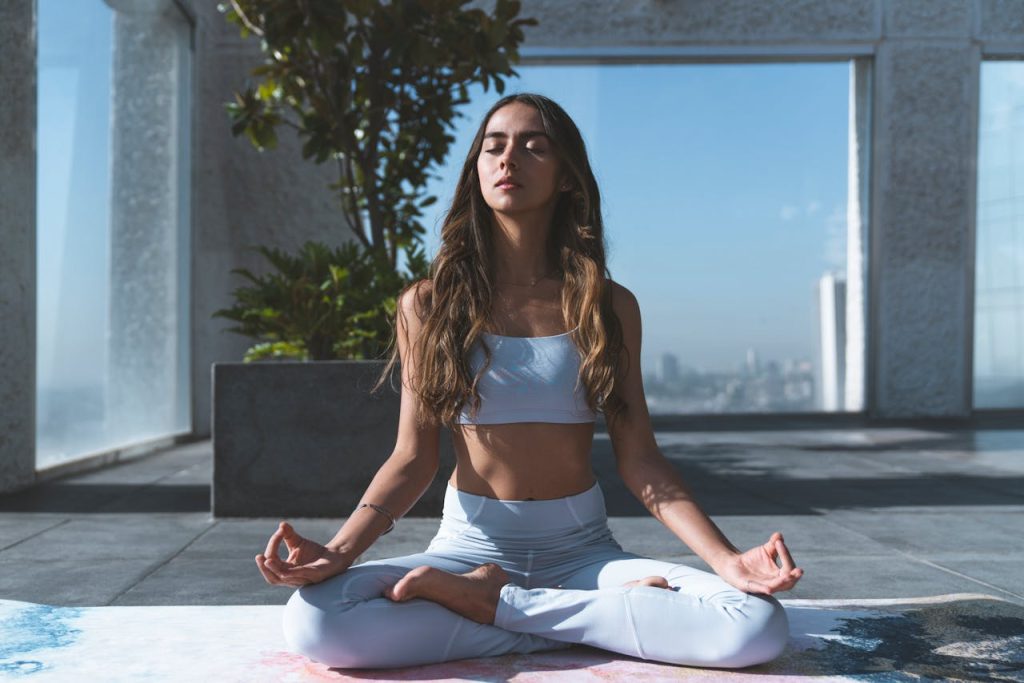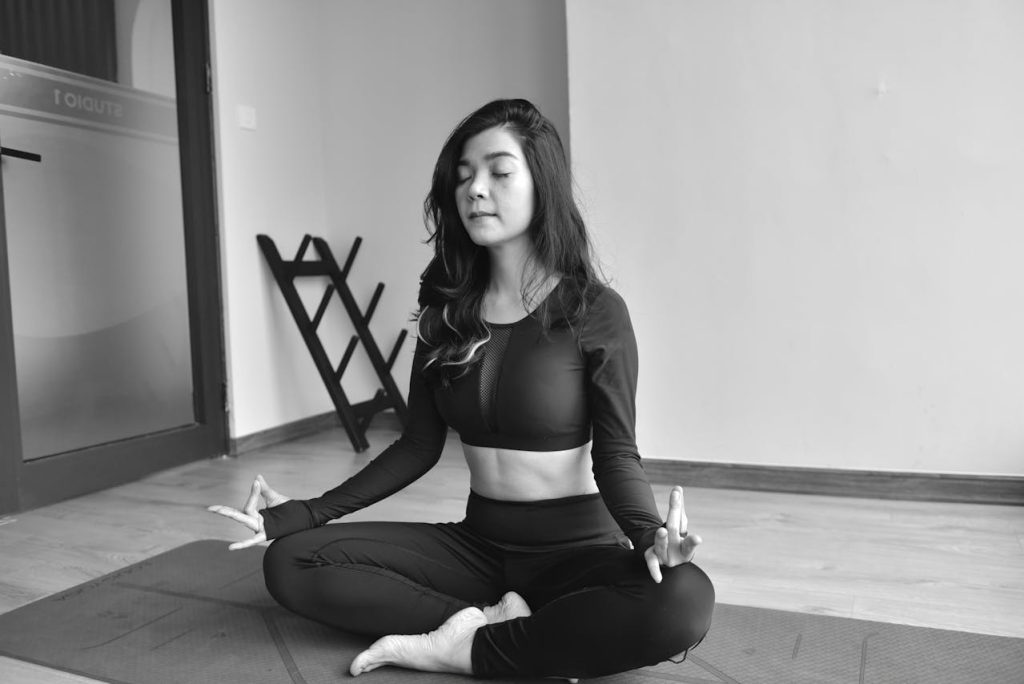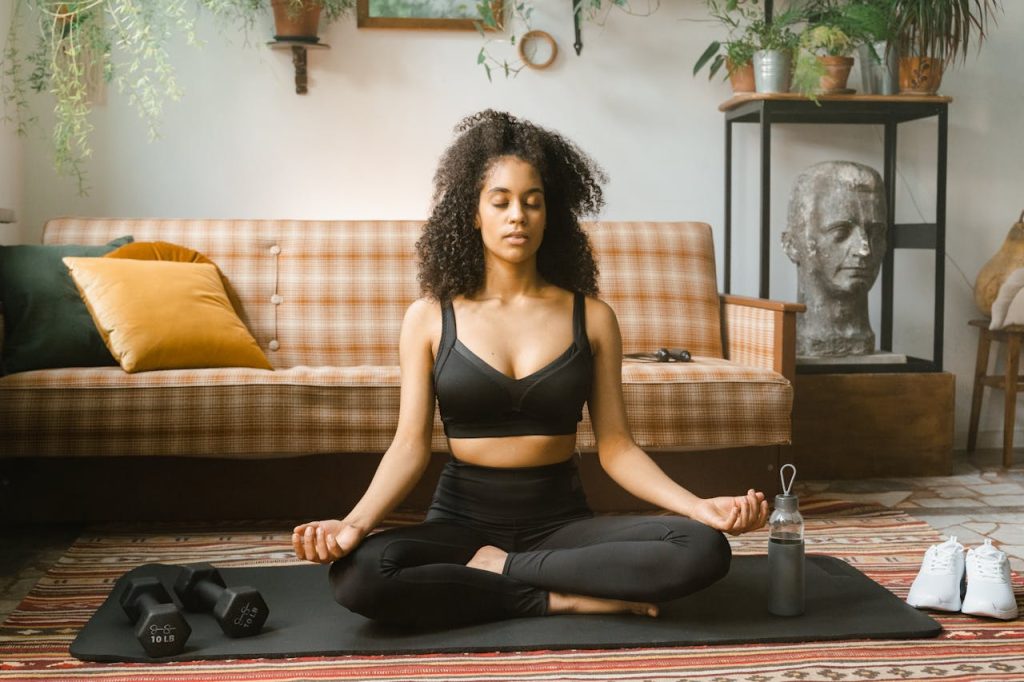Discover effective meditation techniques for beginners to reduce stress, increase focus, and enhance overall well-being. Learn simple steps to start your mindfulness journey today.
Overview
Starting a meditation practice can feel overwhelming, especially for beginners. In this blog, you will learn meditation techniques for beginners that are easy to follow, require minimal time, and can be practiced anywhere. By the end, you’ll understand different meditation styles, how to integrate them into your daily life, and practical tips to maintain a consistent practice.
Why Meditation Is Important for Beginners
Meditation is more than just sitting quietly; it’s a tool to improve mental, emotional, and physical well-being. Beginners often struggle with where to start or how to focus, but practicing meditation regularly can:
- Reduce stress and anxiety
- Improve focus and concentration
- Enhance emotional health and self-awareness
- Promote better sleep
- Increase patience and resilience
Understanding the benefits is the first step for anyone learning meditation techniques for beginners.

How to Start Meditation: Tips for Beginners
Starting a meditation practice doesn’t require expensive equipment or special clothing. Beginners can follow these tips to get started:
- Choose a Quiet Space: Find a calm environment with minimal distractions.
- Set a Time Limit: Start with 5–10 minutes daily and gradually increase.
- Sit Comfortably: Use a chair, cushion, or floor mat. Keep your back straight.
- Focus on Your Breath: Inhale and exhale slowly, noticing the rhythm.
- Be Patient: Your mind will wander; gently bring it back to focus.
By following these simple guidelines, beginners can build a strong foundation in meditation.
7 Effective Meditation Techniques for Beginners
Here are some of the most beginner-friendly meditation techniques to help you get started:
1. Mindfulness Meditation
Mindfulness meditation involves focusing on the present moment. Beginners practice observing thoughts without judgment, noticing sensations, and staying aware of the surroundings.
How to practice:
- Sit quietly and focus on your breath.
- Observe your thoughts and let them pass without attachment.
- Start with 5–10 minutes and gradually extend to 20 minutes.
2. Guided Meditation
Guided meditation uses audio or video instructions from a teacher to direct your practice. This technique is ideal for beginners as it provides structure and support.
How to practice:
- Choose a guided meditation app or video.
- Follow the instructor’s voice and instructions carefully.
- Practice daily to establish a routine.
3. Loving-Kindness Meditation
Also called Metta meditation, this technique focuses on developing feelings of love and compassion for yourself and others.
How to practice:
- Sit comfortably and close your eyes.
- Repeat phrases like “May I be happy, may I be healthy.”
- Gradually extend these wishes to loved ones, acquaintances, and even those you find challenging.
4. Body Scan Meditation
This technique involves focusing attention on different parts of the body to release tension and promote relaxation.
How to practice:
- Lie down or sit comfortably.
- Slowly focus on each body part from head to toe.
- Notice sensations and relax each area.
5. Breath Awareness Meditation
Focusing on the breath is one of the simplest ways for beginners to meditate. It enhances concentration and calms the mind.
How to practice:
- Sit comfortably and close your eyes.
- Inhale slowly, noticing the air entering your lungs.
- Exhale gently, focusing only on your breathing rhythm.
6. Mantra Meditation
Mantra meditation uses repeated words or phrases to focus the mind. This is helpful for beginners who struggle with racing thoughts.
How to practice:
- Choose a simple word or phrase, like “peace” or “calm.”
- Repeat the mantra silently or aloud.
- Gently return to the mantra whenever your mind wanders.
7. Walking Meditation
For those who find sitting meditation difficult, walking meditation combines movement and mindfulness.
How to practice:
- Walk slowly and focus on each step.
- Pay attention to the sensations of your feet touching the ground.
- Breathe naturally and stay present in the moment.

Common Challenges for Beginners and How to Overcome Them
Even with the best intentions, beginners may face obstacles in their meditation practice. Here are common challenges and solutions:
| Challenge | Solution |
|---|---|
| Mind wandering | Gently bring focus back to breath or mantra without judgment |
| Restlessness | Start with shorter sessions, gradually increase duration |
| Inconsistent practice | Set a daily reminder or schedule a fixed meditation time |
| Impatience | Focus on progress, not perfection; results come gradually |
Remember, meditation is a skill that improves with practice, and consistency is more important than duration.
Tips to Make Meditation a Daily Habit
Creating a meditation routine ensures long-term benefits. Beginners can follow these tips:
- Schedule a fixed time daily: Morning or evening is ideal.
- Use meditation apps: They provide guided sessions and reminders.
- Create a dedicated space: Even a small corner can serve as your meditation spot.
- Start small: Even 5 minutes daily is effective.
- Be patient and non-judgmental: Allow your practice to evolve naturally.
Benefits You’ll Experience from Meditation
Consistently practicing these meditation techniques for beginners can lead to:
- Reduced stress and improved emotional health
- Better focus, concentration, and memory
- Enhanced self-awareness and mindfulness
- Lower blood pressure and improved heart health
- Increased overall happiness and life satisfaction
Final Thought
Starting meditation doesn’t have to be complicated. By exploring different meditation techniques for beginners, you can find the method that suits your lifestyle and personality. The key is to start small, be consistent, and approach the practice with patience.
Meditation is a journey, not a destination. With regular practice, you can experience profound benefits for your mind, body, and spirit. Begin your journey today and embrace the transformative power of meditation.
FAQs for Meditation Techniques for Beginners
What is the best meditation technique for beginners?
For beginners, mindfulness meditation and guided meditation are the easiest techniques to start with. They require minimal experience and provide structure to help you focus.
How long should a beginner meditate?
Start with 5–10 minutes per day and gradually increase to 20–30 minutes as you become more comfortable. Consistency is more important than duration.
Do I need a quiet place to meditate?
While a quiet space is ideal, you can meditate anywhere. The key is to minimize distractions and focus on your breath or chosen meditation technique.
Can I meditate if I have a busy schedule?
Yes! Even 5 minutes a day can help reduce stress and improve focus. You can meditate in the morning, during lunch breaks, or before bed.
What should I focus on during meditation?
Beginners often focus on breathing, a mantra, body sensations, or guided instructions. Choose what feels most comfortable to maintain attention.
How do I stop my mind from wandering?
It’s natural for thoughts to arise. Gently bring your focus back to your breath, mantra, or body sensations without judgment. Over time, your concentration will improve.
Is it normal to feel restless while meditating?
Yes, many beginners feel restless or fidgety. Start with short sessions and gradually increase the time to help your body and mind adjust.
What are the benefits of meditation for beginners?
Beginners can experience stress reduction, improved focus, emotional balance, better sleep, and enhanced self-awareness with regular practice.
Can meditation help with anxiety?
Yes. Meditation techniques like mindfulness, breath awareness, and guided meditation can reduce anxiety and promote relaxation over time.
Do I need special equipment to meditate?
No special equipment is needed. A comfortable chair, cushion, or yoga mat is enough. Some people also use meditation apps or timers for guidance.
How often should I meditate as a beginner?
Aim for daily meditation, even if it’s just 5–10 minutes. Consistency helps create a habit and maximizes benefits.
Can children practice meditation?
Yes! Meditation techniques like breathing exercises and short guided meditations are suitable for children and help them manage stress and improve focus.
What is the difference between guided meditation and mindfulness meditation?
Guided meditation involves listening to instructions from a teacher or app, while mindfulness meditation focuses on observing thoughts and sensations in the present moment without guidance.
Can I meditate lying down?
Yes, you can meditate lying down using body scan meditation or breath awareness. However, there is a risk of falling asleep, so sitting is often preferred for alertness.
How do I know if meditation is working for me?
Signs of progress include feeling calmer, more focused, less stressed, and more aware of your thoughts and emotions. Benefits often appear gradually with consistent practice.

